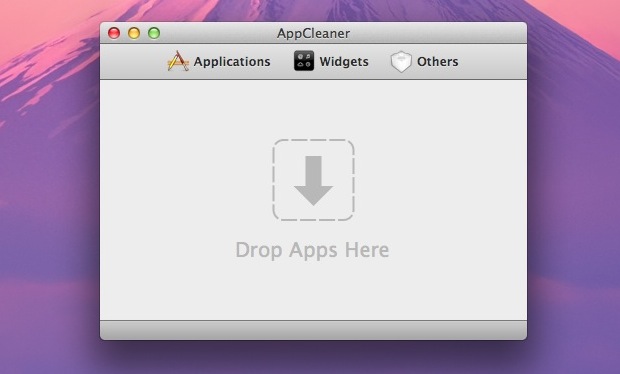

- #How to delete apps on mac os 10.10 how to
- #How to delete apps on mac os 10.10 install
- #How to delete apps on mac os 10.10 software
- #How to delete apps on mac os 10.10 download
#How to delete apps on mac os 10.10 software
The software is developed for users to recover deleted or lost data, including videos, photos, audio files, documents, DMG files, and more on Mac, either losing the files due to Mac OS crash, intentional or unintentional deletion, formatting, virus attack, etc.
#How to delete apps on mac os 10.10 download
Your best choice here is to download the Downloads folder recovery tool - iBeesoft Mac Data Recovery for help.
#How to delete apps on mac os 10.10 how to
In this case, you need to learn how to recover deleted or cleared downloads on Mac. It will clear all download on Mac without any attention. It is very likely to happen if you try efficient software to deleted Downloads on Mac. While you deleted Download on Mac, you might get some important downloads deleted. How to Recover Deleted/Cleared/Downloads on Mac It saves you time for the deletion process. It also means, however, that if your goal is to scrub all vestiges of iTunes from your Mac - including your library and media files - you’ll need to find and delete those files as well, which are located by default in the user’s Music folder.Of course, if you want to clear or remove Downloads on Mac more efficiently, the you might like to get the help of MacClean, a software designed for people to delete files or trash, but it takes you bucks for the services. This means that if you later reinstall iTunes, you can point it to your old iTunes library and pick up right where you left off. It should be noted that the steps discussed here do not affect your iTunes library file or your actual iTunes media, both of which are stored outside of the application file we deleted. Alternatively, you can manually download and launch the iTunes installer from Apple’s website.
#How to delete apps on mac os 10.10 install
With iTunes absent from your hard drive, Software Update will automatically offer to install it for you again. If you wish to reinstall iTunes, just launch the Mac App Store’s Software Update section (or the old standalone Software Update if you’re running a version of OS X prior to Mountain Lion). ITunes is now no longer installed on your Mac, and you’re free to install and use the third-party media software of your choice. This time, there’s no warning, and the file is immediately trashed. This will give us complete control of the iTunes application so that we can override the operating system’s warning and delete it.Ĭlose the Get Info window and try again to drag the iTunes application file to the Trash. Next, expand the Sharing & Permissions section of the window if it’s not already visible and change the privileges for “everyone” to Read & Write. This is necessary in order to make changes to the app’s permission settings. Locate and click on the padlock icon on the bottom right side of the window and enter your admin password. Right-click (or Control-click) on iTunes and select Get Info.

To disregard OS X’s warning and uninstall iTunes, navigate to the Applications folder and find the iTunes app file (/Applications/iTunes.app). Sure, you might need to play media files from time to time, but QuickTime (which is unaffected by the steps presented in this article) can handle any playback needs. iTunes isn’t required for the basic operation of OS X. The warning is a bit exaggerated, of course. If you therefore try to simply drag the iTunes application file to the Trash, the system will stop you and present a warning message. Unlike Windows, iTunes comes preinstalled as part of OS X, and is considered “required” software by operating system. Here’s how to uninstall iTunes in Mac OS X. Don’t fret, however, as there’s a relatively simple workaround. For these users, it’s easy to uninstall iTunes in Windows, but a bit trickier for those running OS X. But some users just don’t like iTunes, and prefer to use other media software like VLC, Fidelia, or Vox. Although no longer necessary for the use of iOS devices, iTunes is still an important portal for managing, purchasing, and enjoying digital media. ITunes is arguably the most important application Apple has ever released, and is installed on hundreds of millions of Macs and PCs around the world.


 0 kommentar(er)
0 kommentar(er)
